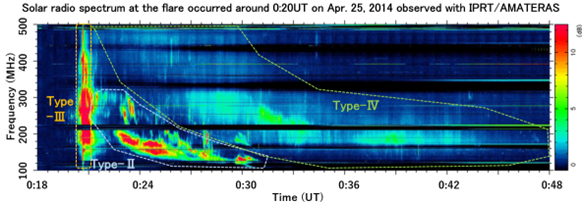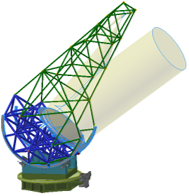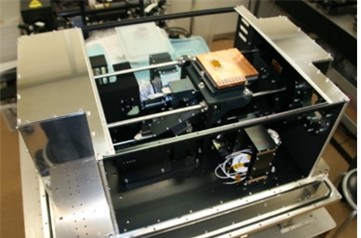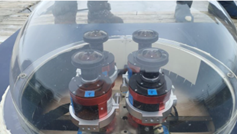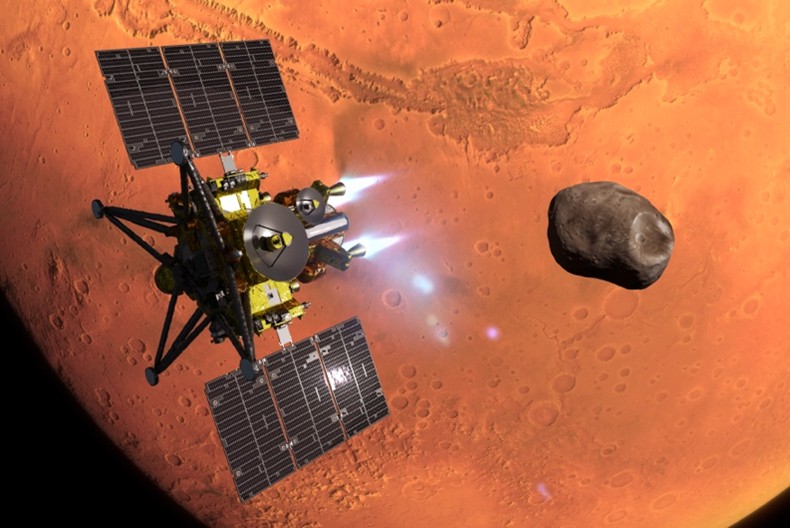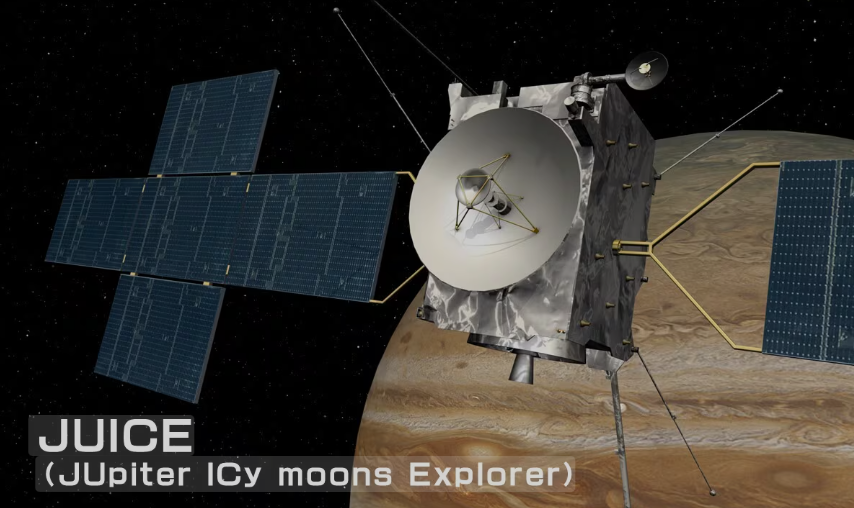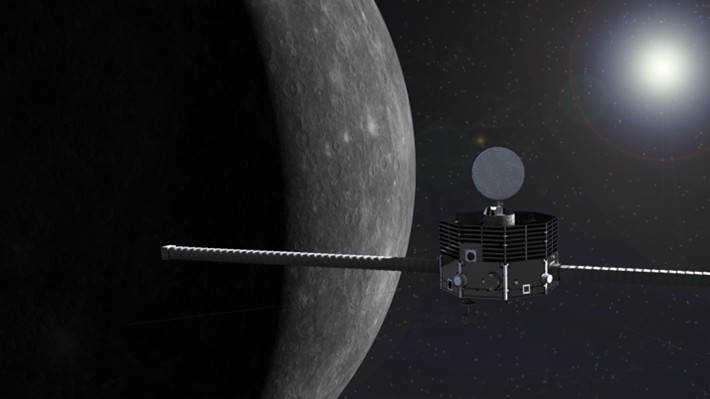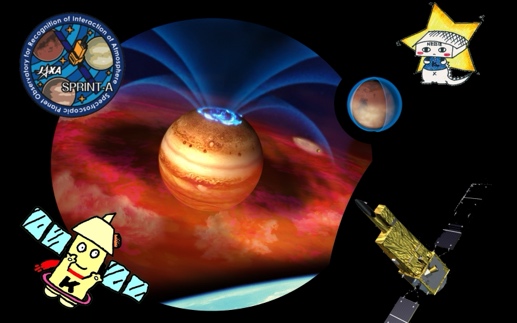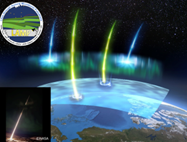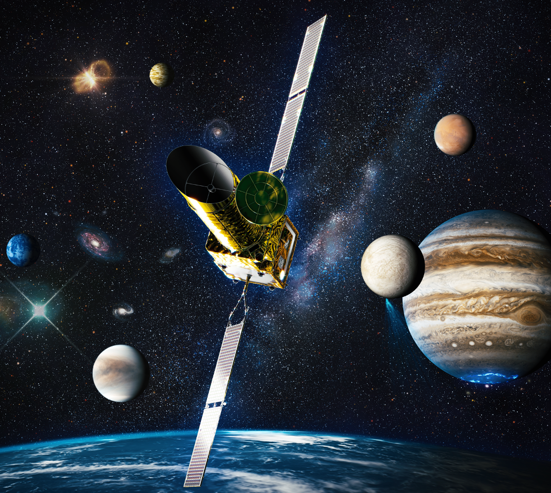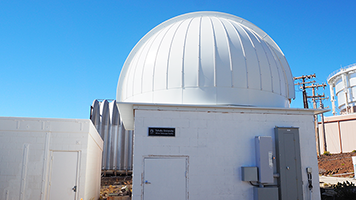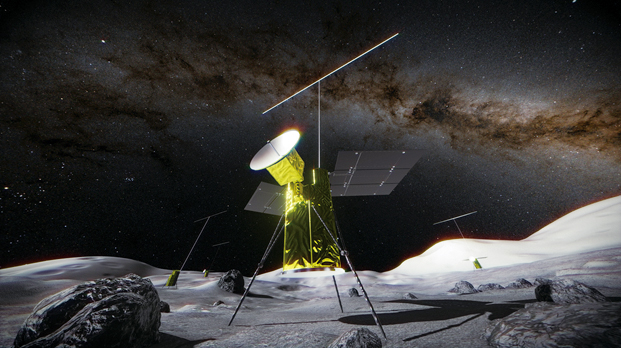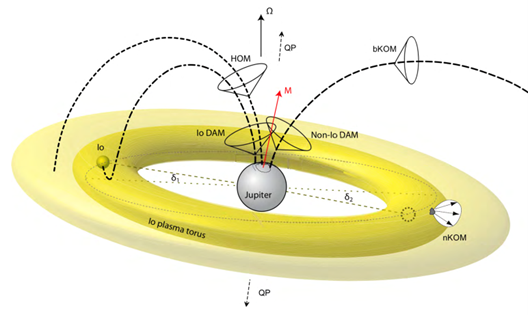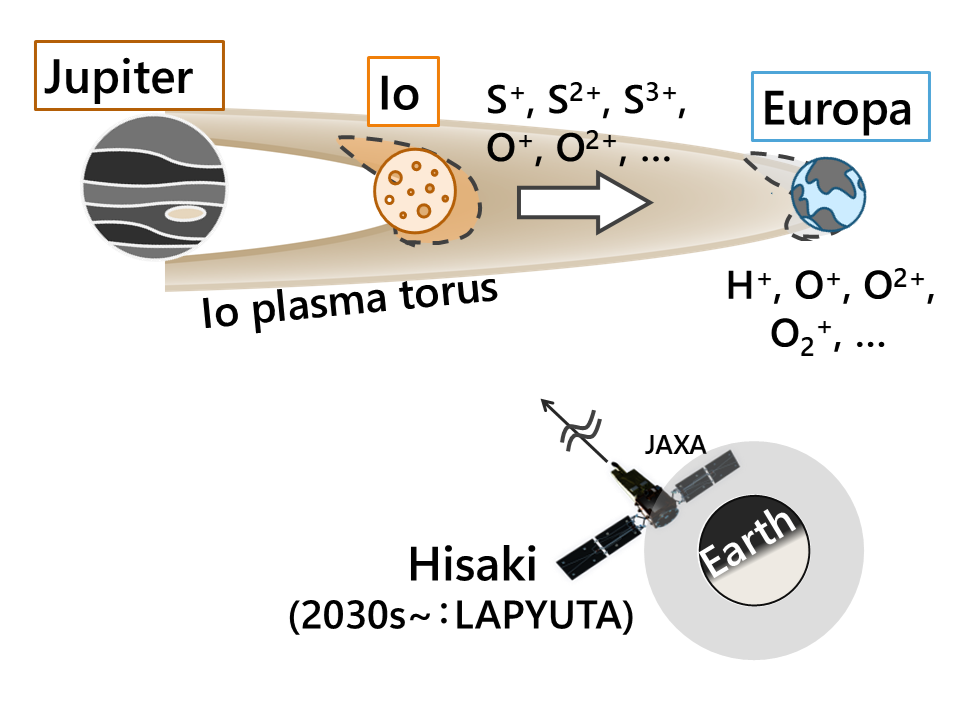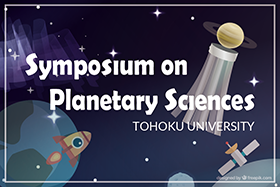Research
Sunspots are regions where strong magnetic fields exist. Occasionally, the configuration of these magnetic fields undergoes sudden changes,...
The PLANETS (Polarized Light from Atmospheres of Nearby Extra-Terrestrial Systems)telescope is a 1.8-meter off-axis Gregorian facility designed for...
We are developing a near-infrared camera (TOPICS) and a high-dispersion Echelle spectrograph (wavelength resolution ~20,000) for near-infrared observations...
Multi-wavelength observations of ground-based all-sky cameras are important for understanding the morphology and other characteristics of the aurora....
IPRT (Iitate Planetary Radio Telescope) is a large aperture radio telescope developed in 2001 to investigate temporal variations...
MMX (Martian Moons eXploration) is a mission led by JAXA (Japan Aerospace Exploration Agency) to explore Mars’ two...
JUICE (JUpiter ICy moons Explorer) is a spacecraft developed by the European Space Agency (ESA) to explore Jupiter...
The Hisaki satellite is equipped with an extreme ultraviolet spectrograph and is the world’s first space telescope designed...
Pulsating aurora is one type of aurora which variates with a period of several seconds. Recently, it has...
The LAPYUTA mission aims “to explore the habitable environment of the Universe” and “to understand the origin of...
In September 2014, we opened the T60 observation facility, a telescope dedicated to observing planetary atmospheres. Located at...
TSUKUYOMI is a low frequency radio telescope that deploys a number of radio antenna on the Moon to...
FACTORS is a future formation flight satellite mission at an altitude range up to thousands of kilometers of...
Jupiter possesses an exceptionally strong magnetic field, and within its magnetosphere lies a vast distribution of plasma released...
We focus on the volcanically active Io and the icy moon Europa. Sulfur and oxygen ions generated from...

